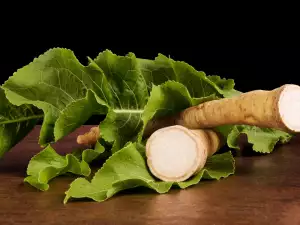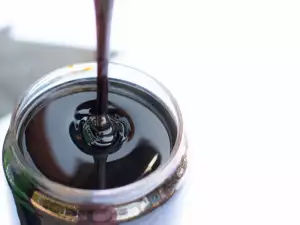It is a well-known fact that ants are distributed almost all over the globe. The unique properties of the acid, which is extracted from red ants, or rather from the glands of their abdominal cavity, have been known for more than three centuries.
Even our grandmothers knew that formic acid has a pronounced analgesic effect. Due to the presence of an analgesic effect, this substance began to be used in folk medicine. Folk healers make all kinds of decoctions as well as tinctures based on formic acid.
Use of formic acid in folk medicine
After straining, the resulting liquid was used as balms, and sometimes even taken internally. In the process of preparing medicinal infusions, they added many types of herbs that have a marked therapeutic effect.
In medical practice, acid isolated from ants is most often used as an antiseptic. It is also used to reduce inflammation, fight bacterial infections, and as a cleanser and pain reliever. Formic acid is used to prepare various therapeutic and prophylactic ointments and creams. It is also widely used in the preparation of medicines for the treatment of joint diseases, rheumatism, sciatica.
However, this is far from a complete list of the effects. They have found application in the treatment of fungal and viral infections, in the complex treatment of varicose veins, bruises and injuries.
Formic acid is considered indispensable in the cosmetics industry. There are various cosmetic products based on this substance, whose main task is to clean the skin, get rid of acne.
From everything said above, we can conclude that formic acid is a unique product widely used in the pharmaceutical and cosmetic industry.
It should be noted that formic acid can also be isolated from conifers and some fruits. In addition, it is also secreted by some species of bees along with the sting.
Formic acid in modern times

In our time, the use of formic acid is colossal. Now it is not extracted from ants. It is produced by organic synthesis. Nowadays, the term "formic acid" hides an artificial organic compound, which is officially registered as food additive E236. The modern field of application is practically unlimited and, in addition to medicine and cosmetics, also covers the food industry, the chemical industry, etc.
Formic acid in medicine
Formic acid is an excellent antiseptic and preservative that prevents the development of microflora, and also participates in the treatment of many diseases. In medicine, it is used for:
- myositis;
- injuries: bruises, sprains, hematomas, sprains;
- arthralgia;
- myalgia;
- arthritis;
- neuralgia;
- fungus on the nails or skin;
- rheumatism;
- pain in the head, joints;
- varicose veins;
- bedsores in bedridden patients;
- tuberculosis (as part of multicomponent means);
- sciatica.
Formic acid in cosmetics and dermatology

In dermatology and cosmetics, E236 is used in the following way:
- for the production of drugs that stimulate hair growth
- as a component of a special cream that is used in a solarium to obtain an even tan, etc.
- fight against acne, blackheads;
- mattifying of oily skin;
- cleaning the pores;
- improvement of skin color due to expansion of blood vessels and normalization of blood circulation;
- relief of inflammation;
- fight against unwanted hair on the body - slowing down their growth after depilation, as well as destruction of follicles (with regular use).
Formic acid in the household
Formic acid is part of household chemicals for:
- removal of scale deposits on plumbing installations and vessels;
- cleaning toilets and bathtubs;
- preventing the formation of scale in dishwashers, washing machines;
- cleaning of metal products, including car rims and other parts;
- bed linen for washing or conditioning;
- surface disinfection.
As for industry and agriculture, this organic compound is widely used for the following purposes:
- for the production of mixtures that remove rust and limestone;
- to combat mites dangerous for bees;
- preservation of the beneficial properties of green fodder harvested for the winter in animal husbandry.
Application in other industries of formic acid

- Beekeeping. The substance protects honey insects from mites that destroy entire hives;
- Leather production. With the help of formic acid, the skin and fur are cleaned of dirt and disinfected, acquiring an even color and elastic structure;
- Fighting frostbite. The substance is added to the reagents used to treat slippery frozen roads in winter;
- Construction. In concrete they dissolve the acid is used as an additive that prevents the structures from freezing;
- Animal world. Formic acid, whose smell and irritating properties repel parasites, is used by bears. These animals, waking up after hibernation, deliberately sit on anthills. Insects secrete acid for protection. The substance settles in thick fur and protects the fauna from bites of blood-sucking insects.
Safe use of formic acid
These lists can be extended quite a bit, but you should know that 3 mg/kg of body weight is considered a safe concentration for humans. If the norm is exceeded, then "formic acid" will become one of the most dangerous poisons. In addition, harm will be caused not only by ingestion, but also by contact with the substance on the skin. In the second case, we are talking about concentrations above 10%.
The compound itself is unstable, which is why it quickly decomposes and is excreted from the body without causing it any harm. Similar processes also occur in nature.




















Comments